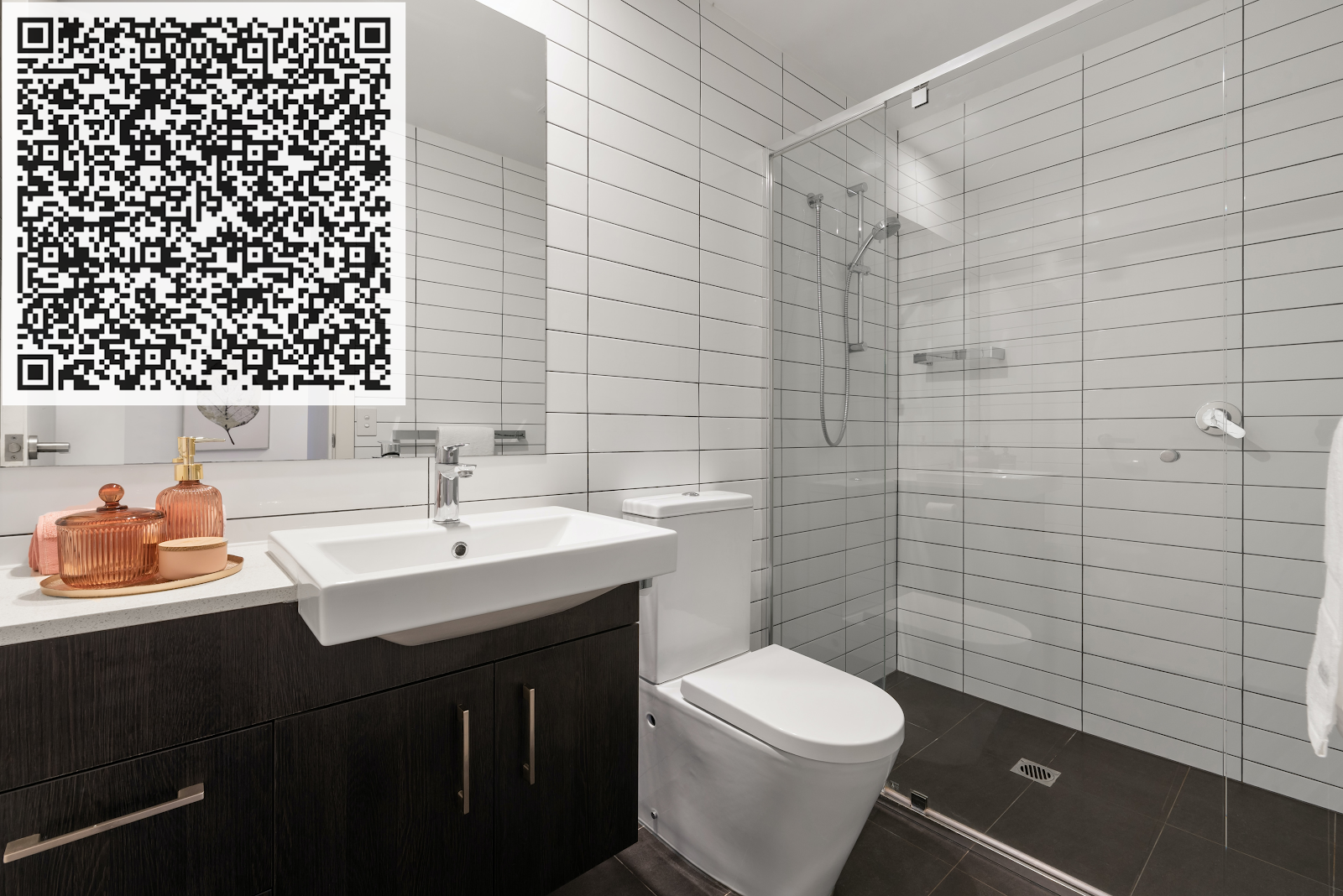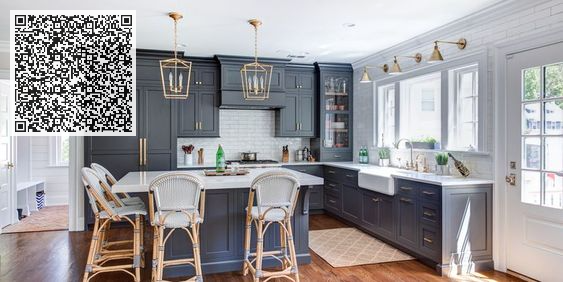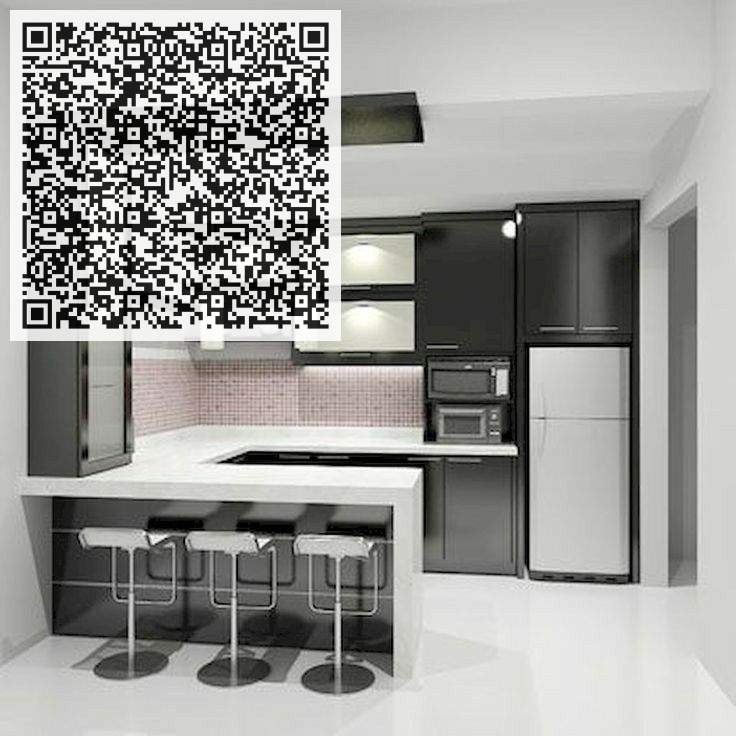Why is proper ventilation important in a kitchen renovation?
Embarking on a kitchen renovation is an exciting endeavor, often driven by the desire for aesthetic upgrades and improved functionality. While the focus may be on selecting stylish cabinets, modern appliances, and sleek countertops, one crucial aspect that should not be overlooked is proper ventilation. The importance of adequate ventilation in a kitchen cannot be overstated, as it plays a pivotal role in maintaining a healthy and comfortable living environment. In this blog, we'll explore why proper ventilation is essential during a kitchen renovation, address common questions, and conclude with the key takeaways.
Why Proper Ventilation Matters:
Air Quality Improvement:
Proper ventilation helps to eliminate cooking byproducts, such as smoke, grease particles, and odors, ensuring a healthier indoor air quality. This is particularly crucial in preventing respiratory issues and maintaining overall well-being.
Moisture Control:
Cooking activities generate a significant amount of moisture. Without adequate ventilation, this moisture can lead to mold growth and compromise the structural integrity of the kitchen. Proper ventilation helps control humidity levels, reducing the risk of mold and mildew.
Temperature Regulation:
A well-ventilated kitchen helps regulate temperatures by removing excess heat generated during cooking. This not only contributes to a more comfortable cooking environment but also aids in energy efficiency by reducing the need for additional cooling systems.
Appliance Longevity:
Efficient ventilation helps in extending the lifespan of kitchen appliances. Constant exposure to smoke, grease, and high temperatures can accelerate wear and tear on appliances. Proper ventilation ensures that these elements are effectively removed from the air, promoting the longevity of your kitchen equipment.
Enhanced Safety:
Cooking releases airborne particles that can be potentially harmful. Adequate ventilation reduces the risk of indoor air pollution and minimizes the chance of fire hazards, making your kitchen a safer space for you and your family.
FAQs:
Q1: How do I choose the right ventilation system for my kitchen?
A1: The choice of ventilation system depends on factors such as kitchen size, cooking frequency, and layout. Consider options like range hoods, exhaust fans, and downdraft vents, and consult with a professional to determine the most suitable solution for your specific needs.
Q2: Can I install ventilation as a DIY project?
A2: While some ventilation components can be installed by homeowners, it's advisable to seek professional assistance for a comprehensive ventilation system. Proper installation ensures optimal performance and compliance with safety standards.
Q3: How often should I clean my ventilation system?
A3: Regular maintenance is crucial. Clean or replace filters, remove grease buildup, and inspect the entire ventilation system at least once every three to six months, depending on usage.
Conclusion:
In the whirlwind of decisions that come with a kitchen renovation, the significance of proper ventilation should not be underestimated. Beyond the aesthetic appeal, a well-ventilated kitchen contributes to a healthier and safer living space. By investing in the right ventilation system, you not only enhance the air quality but also ensure the longevity of your kitchen and the well-being of those who inhabit it. Don't let the allure of stylish design overshadow the importance of a breath of fresh air in your kitchen renovation.




Comments
Post a Comment